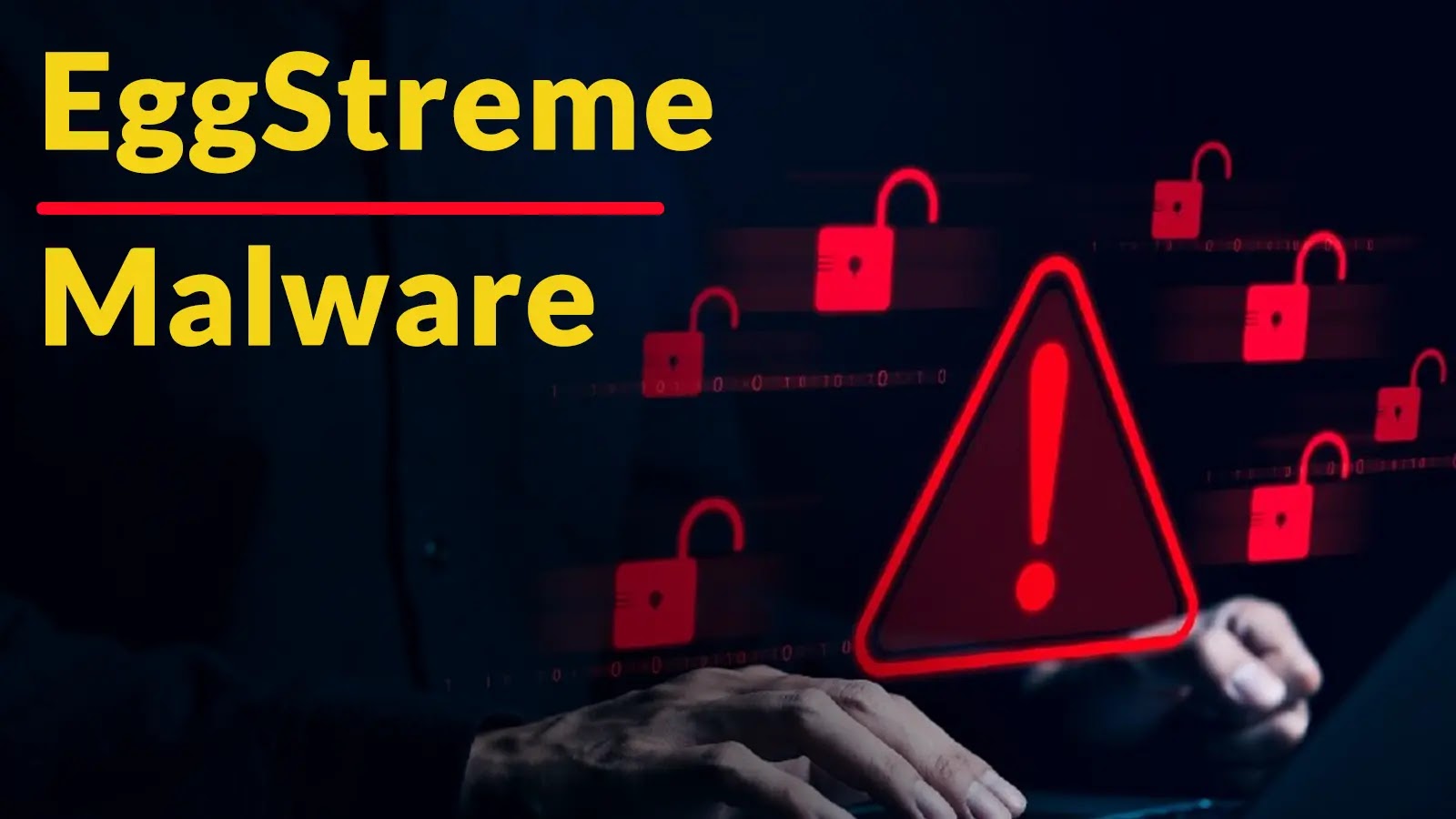
New EggStreme Malware With Fileless Capabilities Leverages DLL Sideloading to Execute Payloads
A new and dangerous player has emerged in the cyber espionage landscape, wielding a sophisticated fileless malware framework dubbed EggStreme. This advanced persistent threat (APT) group, previously unknown, is executing highly targeted campaigns against strategic organizations, signaling a significant evolution in attack methodologies. The hallmark of EggStreme is its innovative use of DLL sideloading, achieving in-memory code execution without leaving readily identifiable forensic artifacts.
EggStreme Malware: A Deep Dive into Fileless Execution
Uncovered in early 2024, EggStreme represents a concerning shift towards more evasive and difficult-to-detect malware. Its primary modus operandi revolves around exploiting legitimate Windows executables to load malicious libraries. Specifically, the APT group leverages the authentic WinMail.exe process to sideload a rogue dynamic-link library (DLL). This technique circumvents traditional endpoint detection and response (EDR) mechanisms that primarily focus on identifying suspicious file writes to disk.
The core innovation of EggStreme lies in its ability to execute payloads directly in memory. By sideloading a malicious DLL into a trusted process like WinMail.exe, the attackers achieve an elevated level of stealth. This method ensures that the decrypted payload never touches the disk, making post-compromise forensics significantly more challenging. This fileless approach minimizes the attack’s footprint, thereby increasing persistence and reducing the likelihood of detection by signature-based antivirus solutions.
Understanding DLL Sideloading in Cyber Attacks
DLL sideloading, also known as DLL hijacking, is a cunning technique where an attacker places a malicious DLL in a directory that is searched by a legitimate application before its authentic DLL. When the legitimate application (in this case, WinMail.exe) attempts to load its required DLLs, it inadvertently loads the attacker’s malicious DLL first due to the search order. This allows the attacker to execute arbitrary code within the context of the trusted application, inheriting its privileges and bypassing security controls.
This method is particularly effective because it leverages a legitimate system process, making the malicious activity appear benign. It’s a classic example of “living off the land” techniques, where attackers utilize existing system functionalities to achieve their objectives. The danger is amplified when combined with fileless execution, as it creates a highly elusive threat that traditional security solutions often struggle to identify and contain.
Tactics, Techniques, and Procedures (TTPs) of the EggStreme APT
- Initial Access: While the exact initial access vector isn’t detailed, highly targeted espionage campaigns often rely on sophisticated phishing, spear-phishing, or supply chain attacks to gain a foothold.
- Defense Evasion: The primary defense evasion technique is DLL sideloading using WinMail.exe and subsequent in-memory code execution, avoiding disk-based indicators.
- Execution: Malicious code is executed within the context of a legitimate process, making it difficult to distinguish from normal system activity.
- Impact: The objective is clearly espionage, indicating data exfiltration and long-term persistence within compromised networks.
Remediation Actions and Protective Measures
Defending against advanced threats like EggStreme requires a multi-layered security strategy focusing on prevention, detection, and rapid response. Organizations should implement the following measures:
- Implement Application Whitelisting: Strictly control what executables and DLLs are allowed to run on endpoints. Solutions like Microsoft AppLocker or third-party application control tools can significantly mitigate DLL sideloading attacks.
- Enhance Endpoint Detection and Response (EDR): Utilize EDR solutions with advanced behavioral analysis capabilities that can detect anomalies in process execution, memory usage, and DLL loading, even for legitimate processes.
- Regularly Patch and Update Systems: While EggStreme leverages a design flaw rather than a specific vulnerability, keeping operating systems and applications updated reduces the overall attack surface and patches other potential entry points.
- Principle of Least Privilege: Enforce the principle of least privilege for all users and applications to limit the potential damage if a system is compromised.
- Network Segmentation: Isolate critical assets and sensitive data using network segmentation to prevent an attacker from easily moving laterally across the network after initial compromise.
- User Awareness Training: Educate employees about sophisticated social engineering tactics, as these often serve as the initial access vector for such targeted attacks.
- Monitor for Anomalous Process Behavior: Look for unusual child processes, unexpected network connections from legitimate applications, or abnormal memory usage patterns in processes like WinMail.exe.
Tools for Detection and Mitigation
The following tools can assist in detecting and mitigating threats similar to EggStreme:
| Tool Name | Purpose | Link |
|---|---|---|
| Sysmon | Advanced logging and monitoring for process creation, network connections, and DLL loading. | Microsoft Docs Sysmon |
| Microsoft Defender for Endpoint | Comprehensive EDR capabilities, behavioral analysis, and threat hunting. | Microsoft Defender Security |
| Osquery | SQL-powered operating system instrumentation, enabling deep inspection of running processes and loaded modules. | Osquery.io |
| Process Explorer | Advanced task manager for Windows; can inspect loaded DLLs for specific processes. | Microsoft Docs Process Explorer |
Conclusion
The emergence of EggStreme malware underscores the evolving sophistication of APT groups and their pivot towards fileless and in-memory attack techniques. By leveraging DLL sideloading within legitimate processes, these adversaries aim to minimize their footprint and evade traditional security controls. Organizations must adopt a proactive and adaptive cybersecurity posture, focusing on behavioral detection, application control, and continuous monitoring to defend against such elusive threats. Understanding these advanced TTPs is crucial for bolstering defenses in a rapidly changing threat landscape.





